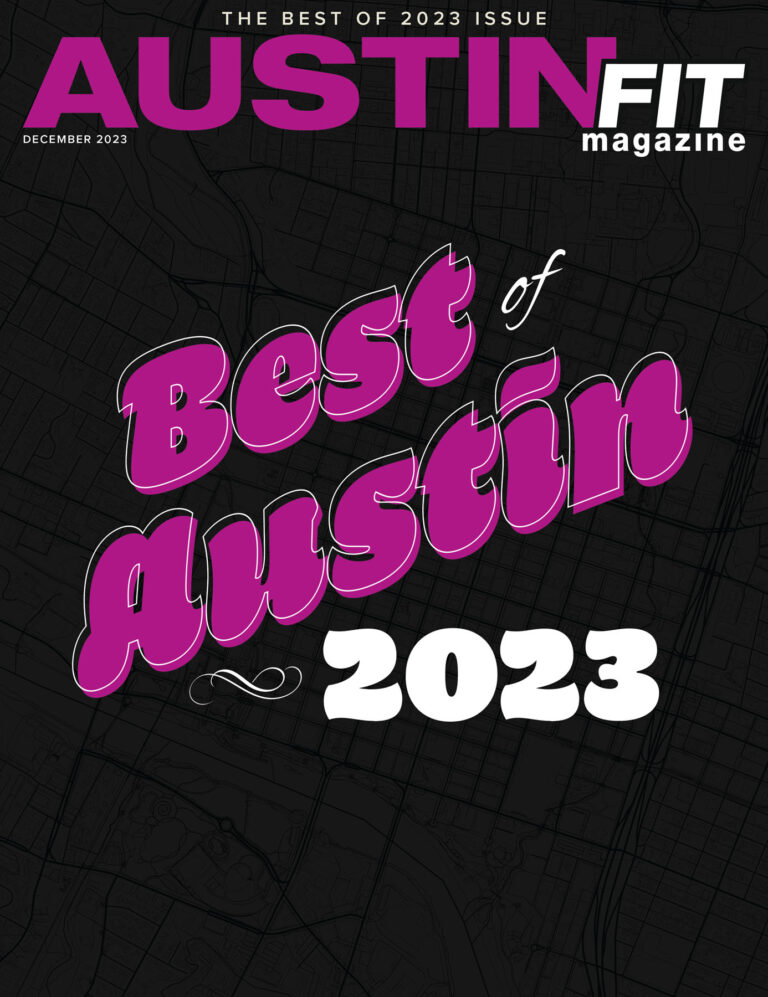Periodization in Running Revisited

Austin is one of the best places in the world I know to engage in physical activity. We are lucky to have just as many choices in groups to join, forms of exercise, and coaches to train with, as we do personal goals.
Our summers seem endless, and it is hard to think that we will ever get back to getting excited about training for anything. However, October is almost here, and we need to start our base building way before we see the first leaf (maybe the only one) turns red at Zilker Park.
First, you will need brand new goals, a plan to follow, and a timeline.
These three elements are intertwined. In order to achieve your goals, you need a plan that makes sense for the timeline (or the race schedule) that you are giving yourself; you will need some benchmarks or intermediate goals; and, according to the results of these benchmarks, you will need to re-evaluate your plan—and maybe your final goal.
One of my favorite sayings is “a goal without a deadline is just a wish.” So, we start with a goal and develop a plan that will get us there within the desired timeline.
I like to start each season fresh after having taken a short break from running. This break can be just a few days or a few weeks during which I mentally disconnect from the training routine and let my body recover. I know it is hard, but I have found from years of observation that runners can train really hard for 18 months, tops. After that, if they don’t take a break, their body usually decides for them. I would rather plan my breaks.
Once I’m ready to start, I (and most of the runners I coach) usually follow a specific plan that I have not changed much in 30 years.
The first two segments of my plan involve base-building (Phase 1), and a strength/tempo focus (Phase 2). I feel that every runner has to do these before starting to plan specific races and aiming for higher goals. Each season has to start with some easy miles that are followed by strength (in the form of hill work) and some paced running (tempos or steady-state runs).
Phase 1: Six to eight weeks of base building.
Base is the easiest concept to understand. Long slow distance (LSD) is the building block for this phase.
How long should you run?
The answer depends on previous experience and what type of races you will be training for. The newer you are to running, the longer this phase should be (up to 12 weeks).
The key concept here is consistency. When I give runners a plan for 6–8–10–12 weeks, I stress that they need to follow the plan from beginning to end. If, for example, you run for two weeks and then take a break for one week, you should start over. It might take you ten weeks to actually complete six weeks, but it is important to make those weeks continuous.
Carmen Says: Don’t increase your mileage by more than 15 percent from week to week. Think about it: Even if you start at ten miles/week, and you stick to the rule, in eight weeks you will be at 30+ miles/week.
How often should you run?
This also depends on experience and type of goals. More important here is to have a plan that will allow you to add days or sessions to your week in a sensible way. For example: If you are a beginner, you can do three times/week for the first two weeks; then add a day to the schedule, and so on.
Carmen Says: Always repeat a new week; if you run four days/week for the first time this season, repeat that at least one more week. Let it stick; let your body adjust to every change.
How hard should you run?
During the first few weeks, speed is not important. Ideally, you want to keep a pace at which you can carry on a conversation. This is usually 50–60 percent of your maximal effort—or about 60 to 90 seconds slower than marathon pace (if you are so inclined).
Carmen Says: During these weeks, aim for pain-free miles. Enjoy it.
Phase 2: Four to six weeks of what I think of as a transitional phase.
Here, we start to utilize our accumulated base and begin adding some longer “paced runs” (steady-state runs, tempo runs, hill runs).
How often should I do this?
One to two of these workouts per week.
Carmen Says: If you run more than five days/week, you can do two “paced run” type workouts per week. If you run fewer than five days per week, you should only do one of these workouts.
How hard should I run?
You should stay at a pace about 20 to 30 seconds slower than your last 10K race (provided that it was in the last 18 months). This is usually a pace at which you get out of breath but can carry a short conversation, which is usually done at 60 to 75 percent of maximal effort.
Carmen Says: The most important advice is to stay in your pace zone. It is very important to do at least six to eight of these runs at the right pace before you try to run faster. Many runners run these workouts too fast because they are not as hard—but they are not supposed to be.
Be patient.
How long should I run?
I consider any run between 15 and 40 minutes a staple for this phase. I start runners with 2 x 15 minutes and make sure they can hold an even pace at the required pace range before I move them to 20 minutes, and so on.
It is important that these two phases be constructive, not destructive. The objective during the early segments of the yearly periodization cycle is to add fitness and health day after day, without ever going over the line. To use the old cliché, this is when you put money in the bank—money that you will need to withdraw to pay for the very high-intensity training and racing later in the season. Train too hard in these two phases, and your fitness will be bankrupt way before you achieve your goal.






